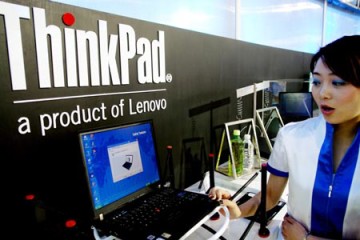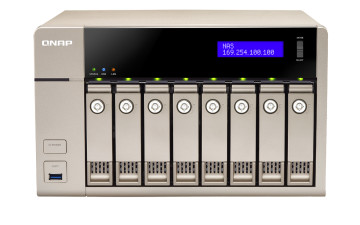 Microsoft seems set to move its Windows Server 2016 to a per-core licensing system.
Microsoft seems set to move its Windows Server 2016 to a per-core licensing system.
Windows Server will not arrive until the second half of next year, but Vole will probably change the way it licenses its server operating system. Currently Microsoft uses a per socket licensing system, but now it wants to charge per core.
Windows Server 2012’s two main editions, Standard and Datacenter, had identical features, and differed only in terms of the number of virtual operating system instances they supported. Standard supported two virtual machines while the Datacenter product was unlimited. Licenses for both editions were sold in two socket units and a license was needed for each pair of sockets a system contained.
What appears to be happening with Windows Server 2016 is that this simple system is going to become more complex. There will be functional differences between Standard and Datacenter editions. Datacenter will gain additional storage replication capabilities, a new network stack with richer virtualisation options, and shielded virtual machines that protect the content of a virtual machine from the administrator of the host operating system.
More significant is that 2016 will use a two core pack, with the licence cost of each 2016 pack being 1/8th the price of the corresponding two socket pack for 2012. Each system running Windows Server 2016 must have a minimum of eight cores per processor, and a minimum of 16 cores per system.
In most cases with systems with up to four processors and up to eight cores per processor, this won’t change the overall licensing cost. But for heavier multi-processing and core use the prices will increase. Two or four processors with 10 cores per processor will cost 25 percent more to run Windows Server 2016 than they did 2012.
Those who know the black art which is Microsoft’s licensing will realise that this brings Windows Server’s licensing in line with SQL Server’s. SQL Server has been using a per core model since 2014. BizTalk has been using the model since 2013. Azure is also licensed on the basis of virtual machine cores, rather than sockets.
What Microsoft appears to be doing is adapting its licencing to increased processor core counts and a marked reduction of high socket count systems.
Some customers are going to lose money on the move, particularly those who are unfortunate enough to have Software Assurance agreements that cover systems that were licensed using 2012’s socket-based scheme.
 Beancounters at IDC have added up some numbers and divided by their shoe size and worked out that the global server market has tanked for the second consecutive quarter,
Beancounters at IDC have added up some numbers and divided by their shoe size and worked out that the global server market has tanked for the second consecutive quarter,

















